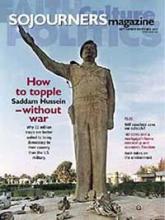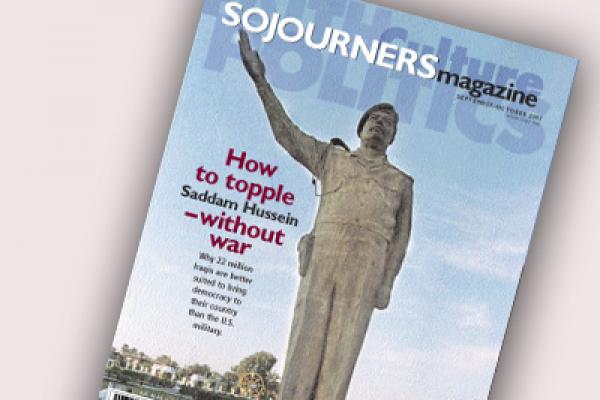Saddam Hussein has brutalized and repressed the Iraqi people for more than 20 years and more recently has sought to acquire weapons of mass destruction that would never be useful to him inside Iraq. So President Bush is right to call him an international threat. Given these realities, anyone who opposes U.S. military action to dethrone him has a responsibility to suggest how he might otherwise be ushered out the backdoor of Baghdad. Fortunately there is an answer: civilian-based, nonviolent resistance by the Iraqi people, developed and applied in accordance with a strategy to undermine Saddam's basis of power.
Unfortunately, when this suggestion is made publicly, hard-nosed policymakers and most commentators dismiss the idea out of hand, saying that nonviolence won't work against a tyrant as pathological as Saddam. That is because they don't know how to distinguish between what has popularly been regarded as "nonviolence" and the strategic nonviolent action that has hammered authoritarian regimes to the point of defenestrating dictators and liberating people from many forms of subjugation.
The reality is that history-making nonviolent resistance is not usually undertaken as an act of moral display; it does not typically begin by putting flowers in gun barrels and it does not end when protesters disperse to go home. It involves the use of a panoply of forceful sanctions—strikes, boycotts, civil disobedience, disrupting the functions of government, even nonviolent sabotage—in accordance with a strategy for undermining an oppressor's pillars of support. It is not about making a point, it's about taking power.
Read the Full Article

